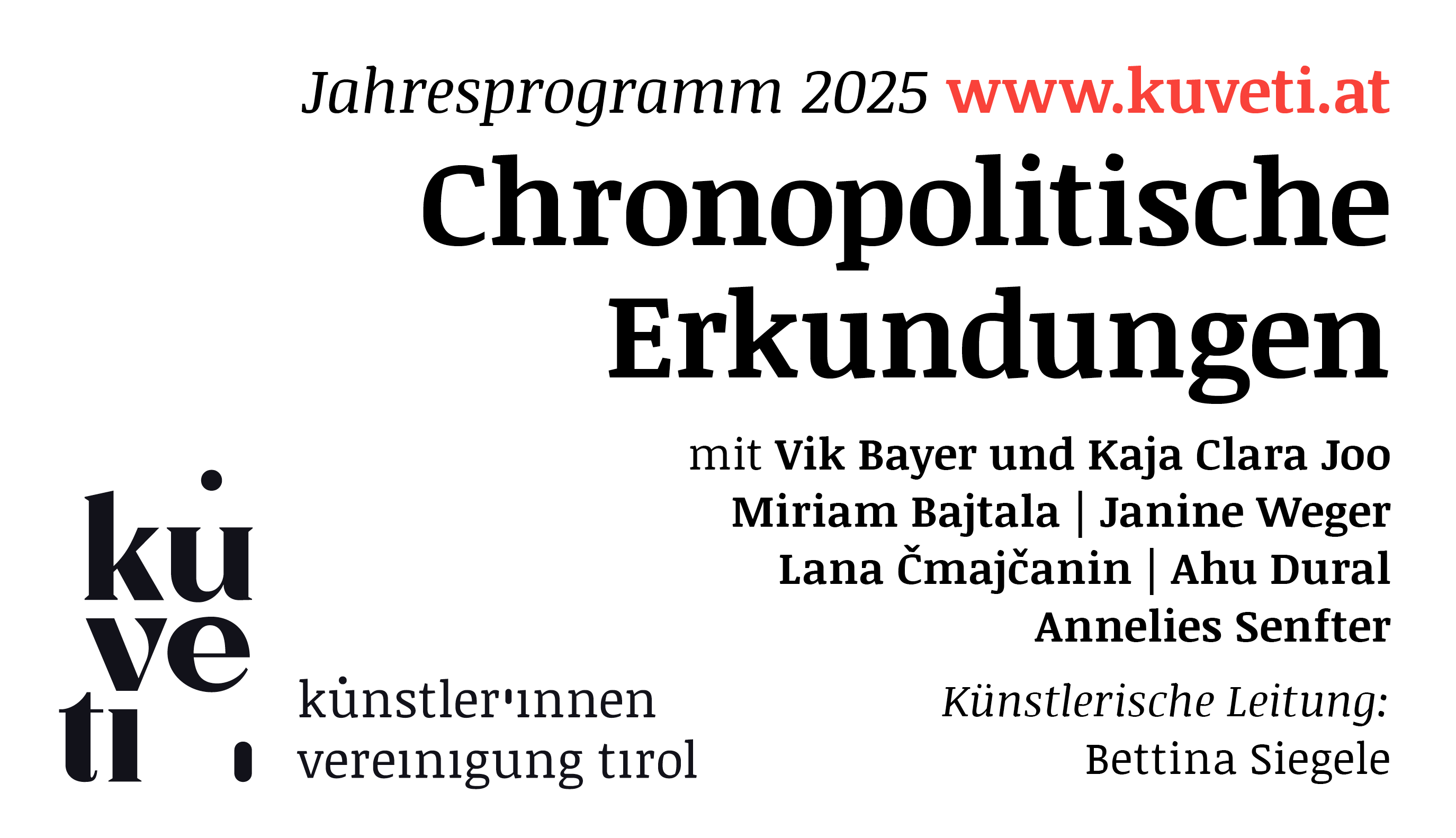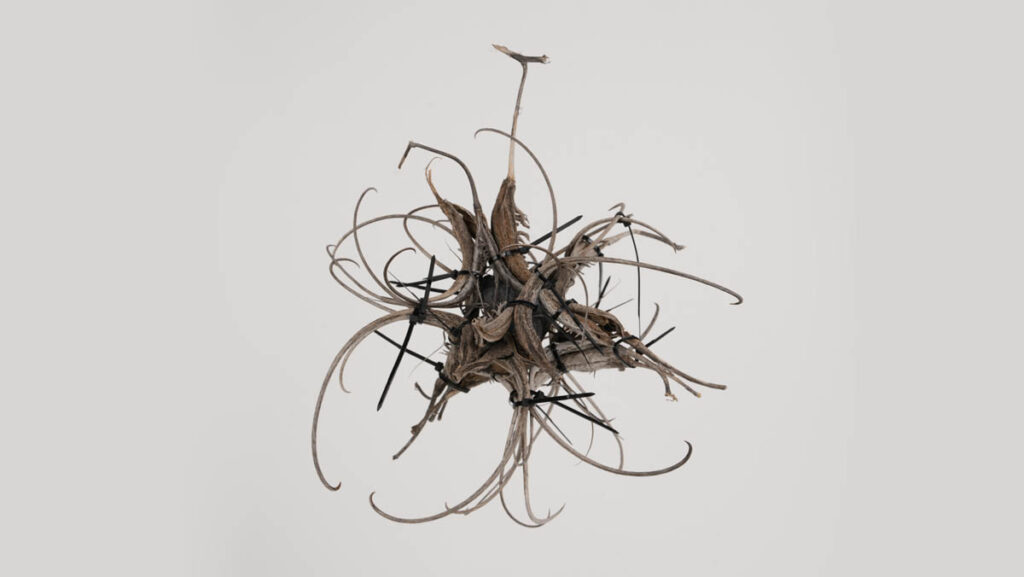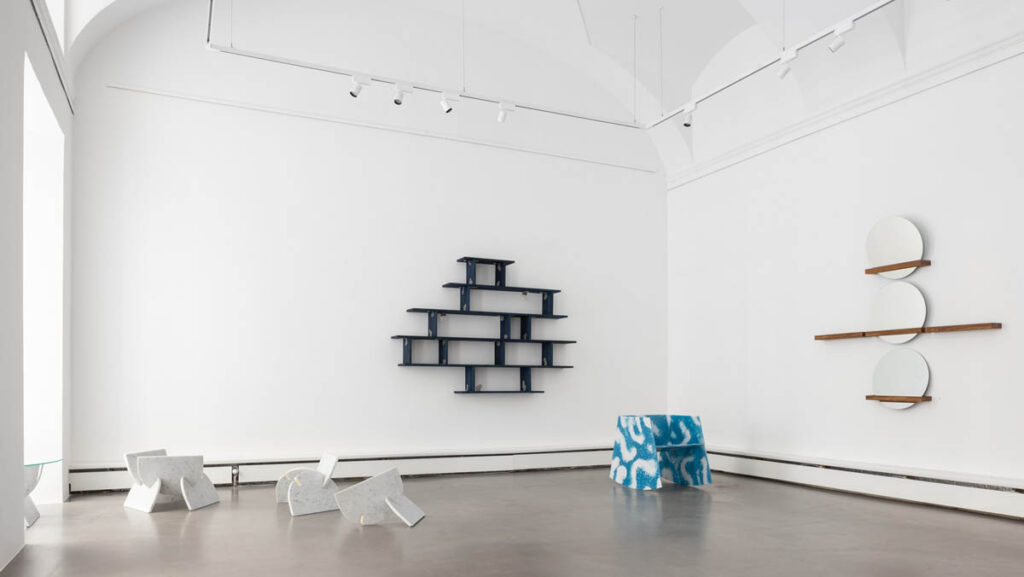
What is your connection to poetry?
I see my painting process as akin to writing. My earlier works were more like a diary, somewhat figurative, while my current works are more abstract and visually focused. It’s always about connecting signs and words, creating a language within the painting. I would say I am „writing“ paintings. They connect with the viewer on an irrational level, aiming to touch the emotional side rather than being „understood.“ There are no specific narratives or fictional stories to unlock—it’s more about evoking new feelings that could connect with the viewer.
While there’s no strict narrative, they have a time-marking aspect. I initially began creating paintings as a visual diary, incorporating actual numbers, letters, and objects. These older paintings were always the same size, 160 x 140 cm, and completed within a month, so there aren’t many of them. The style I work with now is quite similar but far more abstract.
I would say I am „writing“ paintings.
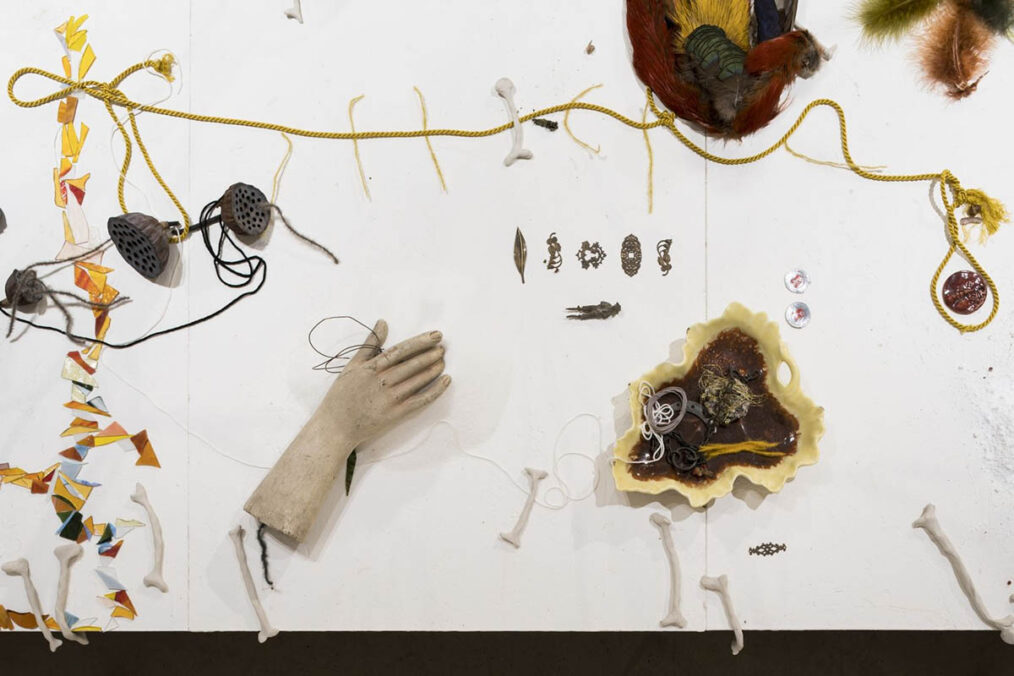
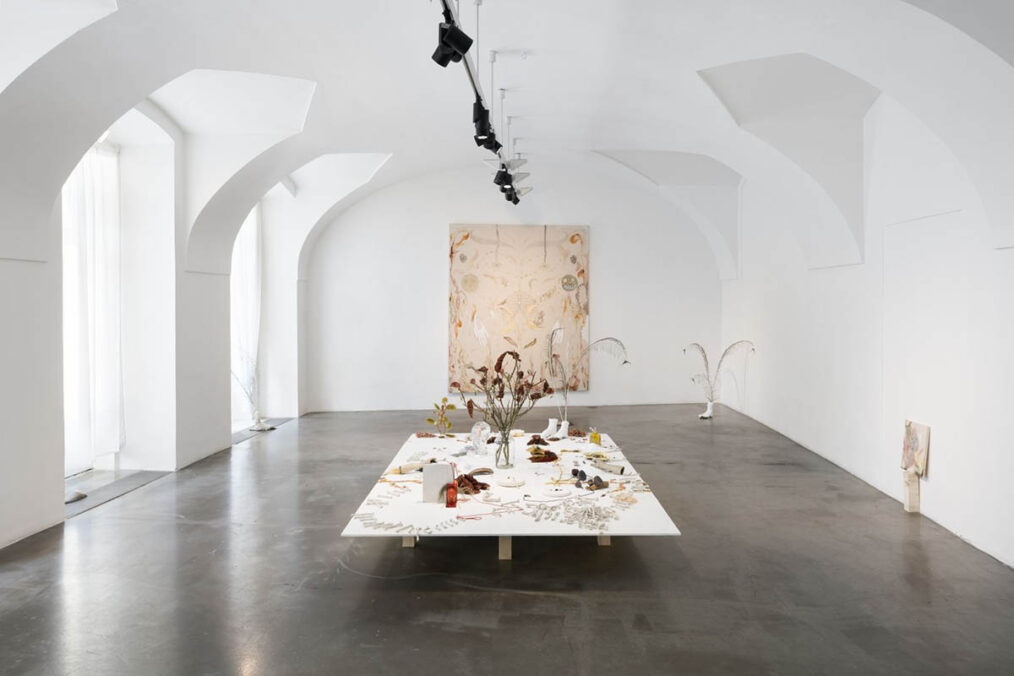
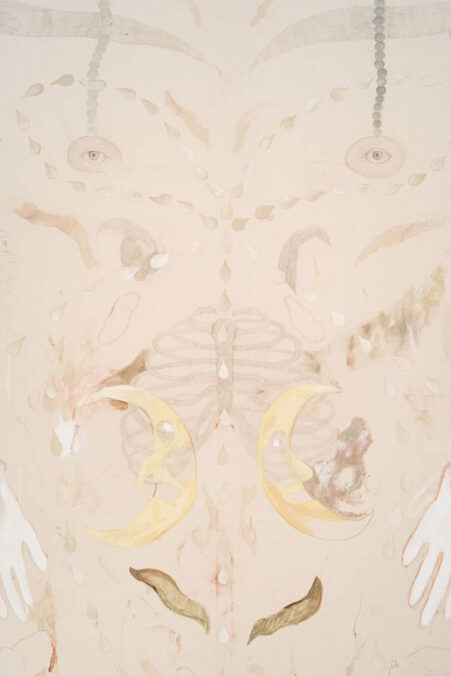
What draws you to the subjects, objects, or symbols in your paintings, and what do they represent to you?
The signs I use now aren’t meant to represent anything specific; they don’t carry concrete meanings. They are more like scrawls in a sense—marks in a language-like form. When I prepare for a painting, I usually decide on the outcome: the shapes of the marks, the colors, and so on. They are like letters, forming a picture. On this topic, I’d like to refer to the essay „All That Scrawl: Toward a Wild Writing“ by Travis Jeppesen. My process is closely connected to how I title my works. Most of my paintings are untitled because I don’t want to direct the viewer to interpret them in a specific way. I prefer to leave them open for personal interpretation.
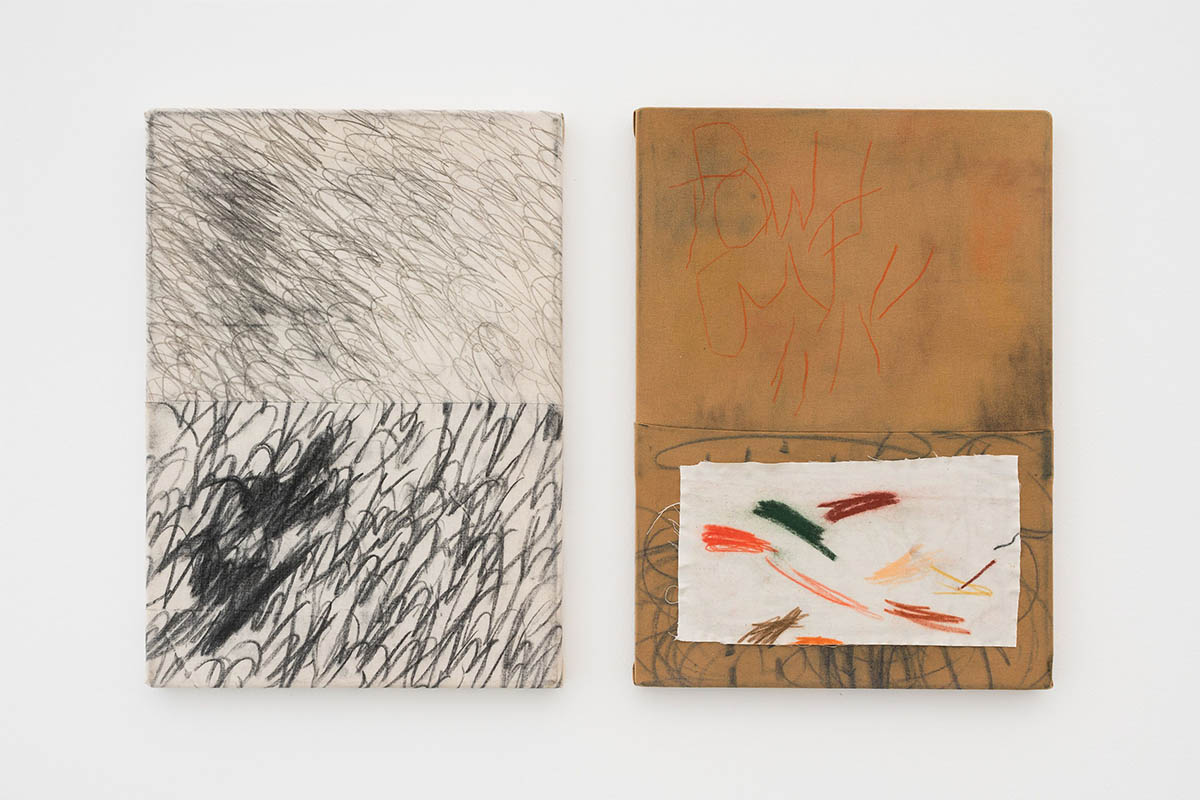

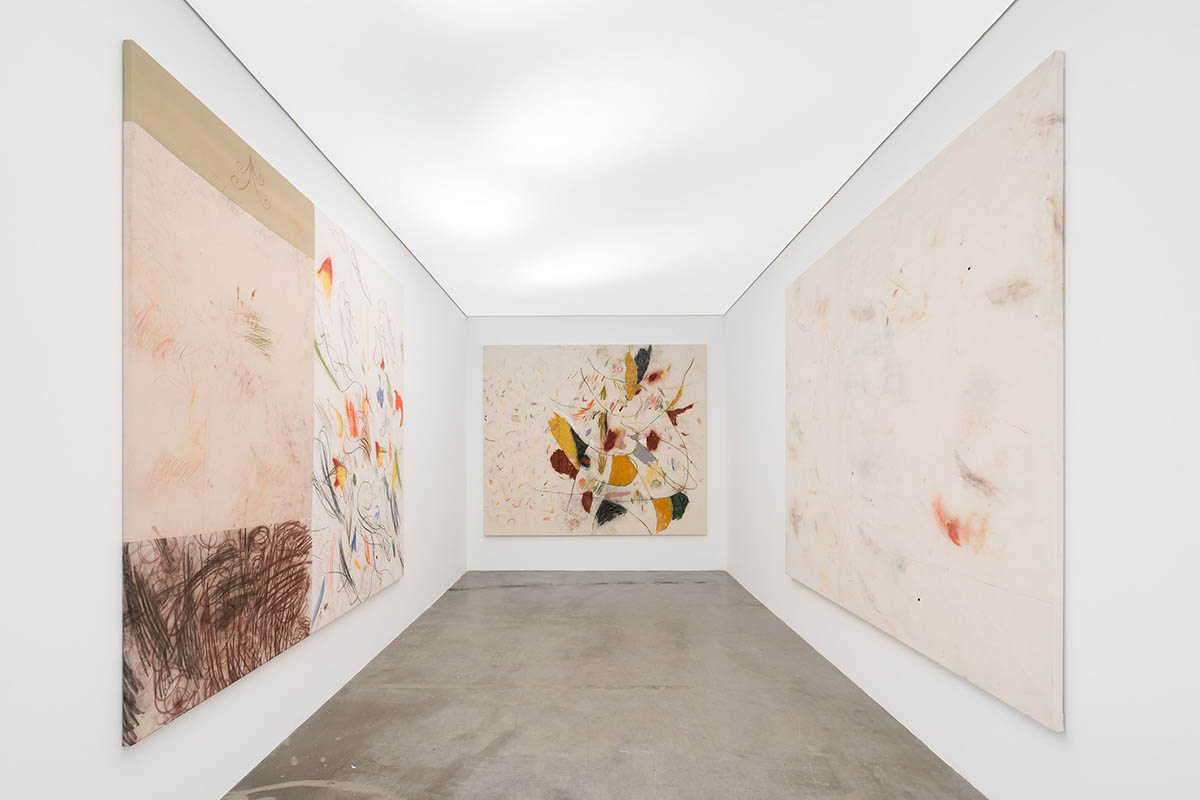
Why are most of your works untitled?
I enjoy reading the titles of other artists‘ works, but for my own, it’s different—at least for now. In the beginning, when my works had more of a diary context, they were titled with numbers representing the days they were created. If I were to name them now, I suppose they would also be numbered or given something indexical. I feel that if I gave them poetic titles, it would detract from their initial poetic messages. I don’t want to interrupt that.
Can you explain your painting process? How intuitive is your work, and how much is planned?
I think it’s a mix of both. I like imperfections because they make the works feel more real and relatable. I always plan the general composition, materials, and colors, but then I work intuitively, especially when creating shades of color. I start with unprimed canvas and soft pastels, then paint over it with see-through primer, followed by oil paint or acrylics. The process is very tactile—I’m striving for a raw canvas effect.
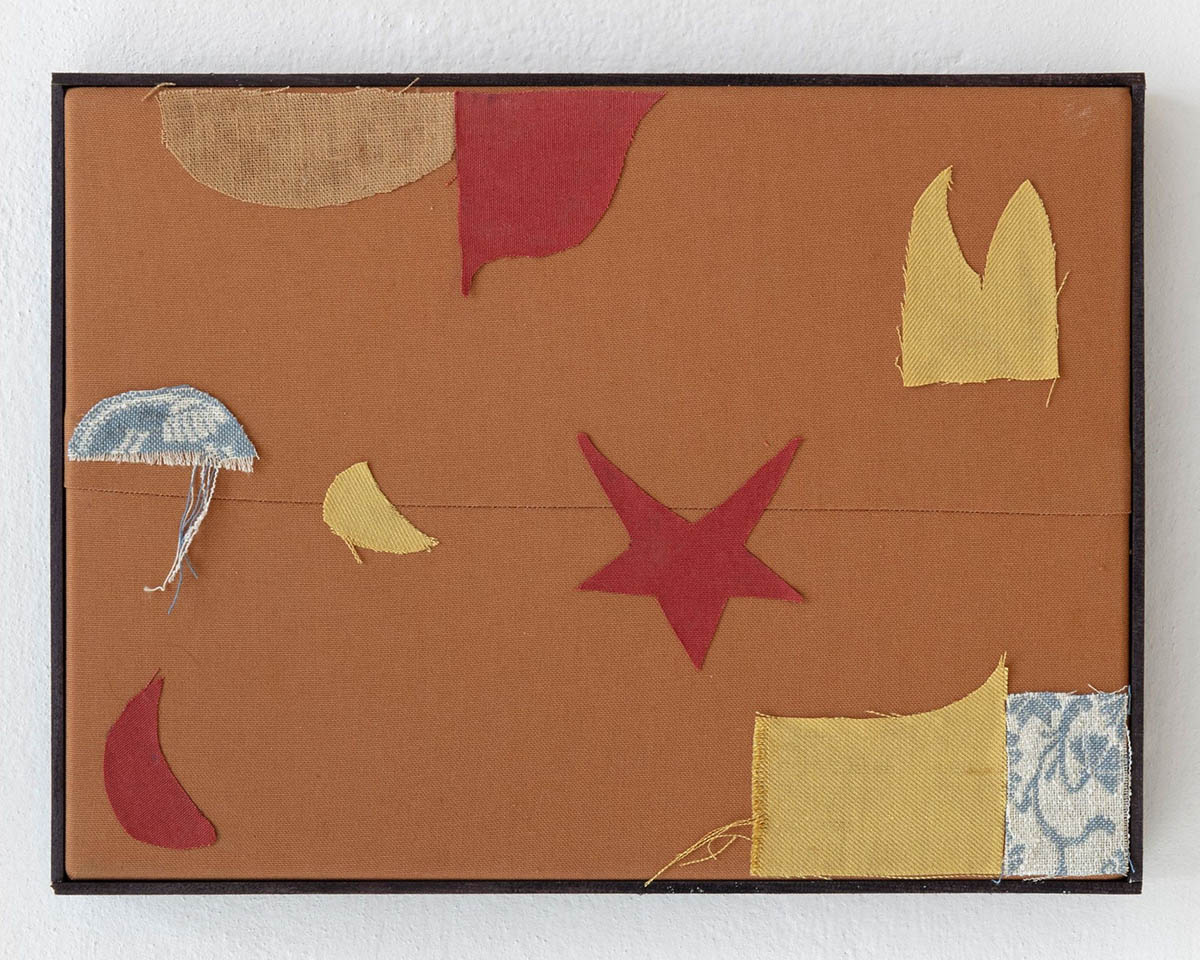
When do you know your work is finished?
It’s mostly a gut feeling. There’s a moment in the process when I realize that adding anything more would ruin the painting. This can happen often, but I believe it’s part of the risk in the process. Sometimes it’s good to challenge yourself and not listen to that intuition, but other times, it’s wise to trust it.
What was your early experience in art like? When did you decide to study art, and how was that experience for you?
I come from a family where making art was natural. I always had a connection to it, being constantly surrounded by art. Creating something tangible has always felt satisfying and like home to me.
Do you separate your personal life from your work as an artist?
I don’t fully see it as work, even though I’ve entered the art market and it is my profession. I think even if it weren’t my career, I would still create art in some capacity, though it would be much harder to find the energy and space for it alongside another job.
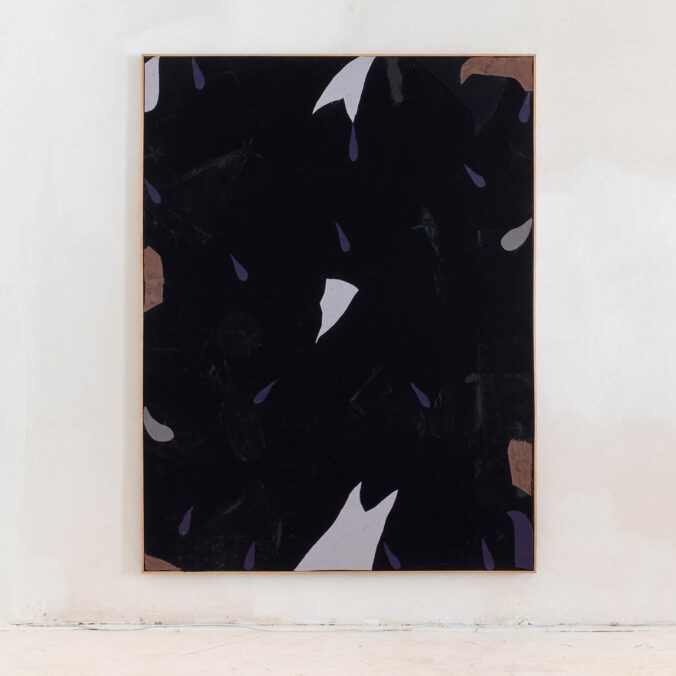
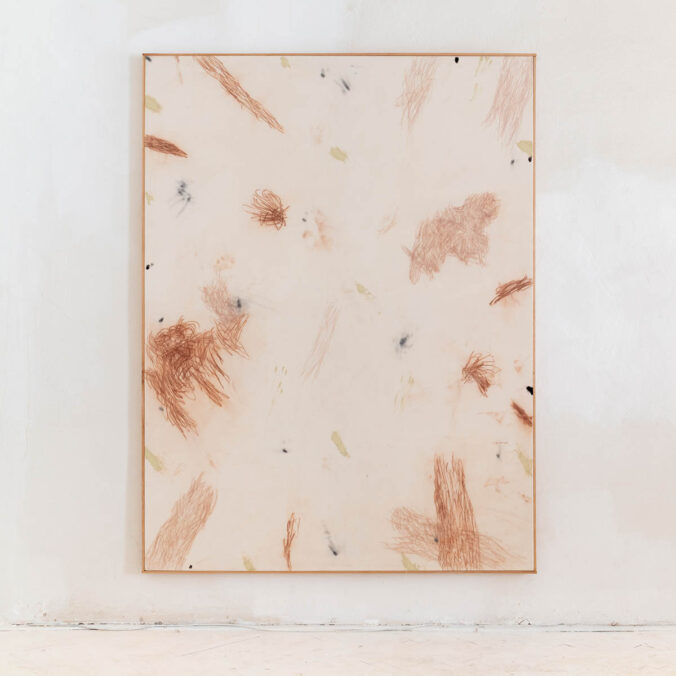
How often are you in the studio, and where is it located?
I try to be in the studio every day. There are periods when I work intensively and others when I’m there just reading or planning. My studio is two rooms in an old palazzo in the city center of Prague. I share the building with other colleagues as well.
Do you have any hobbies unrelated to visual art?
Yes! I recently discovered a love for hiking, and I’d like to explore it even more. I’m also interested in the social sciences. My sensibilities have evolved, and while I’ve tried different things, these interests have remained constant. I also read a lot and appreciate good films. When I was younger, I loved science fiction. One of my favorite writers is Ursula K. Le Guin. Recently, I read a collection of her essays, talks, and theoretical texts. I’m fascinated by anything that explores different societies or the possibilities for future societies.
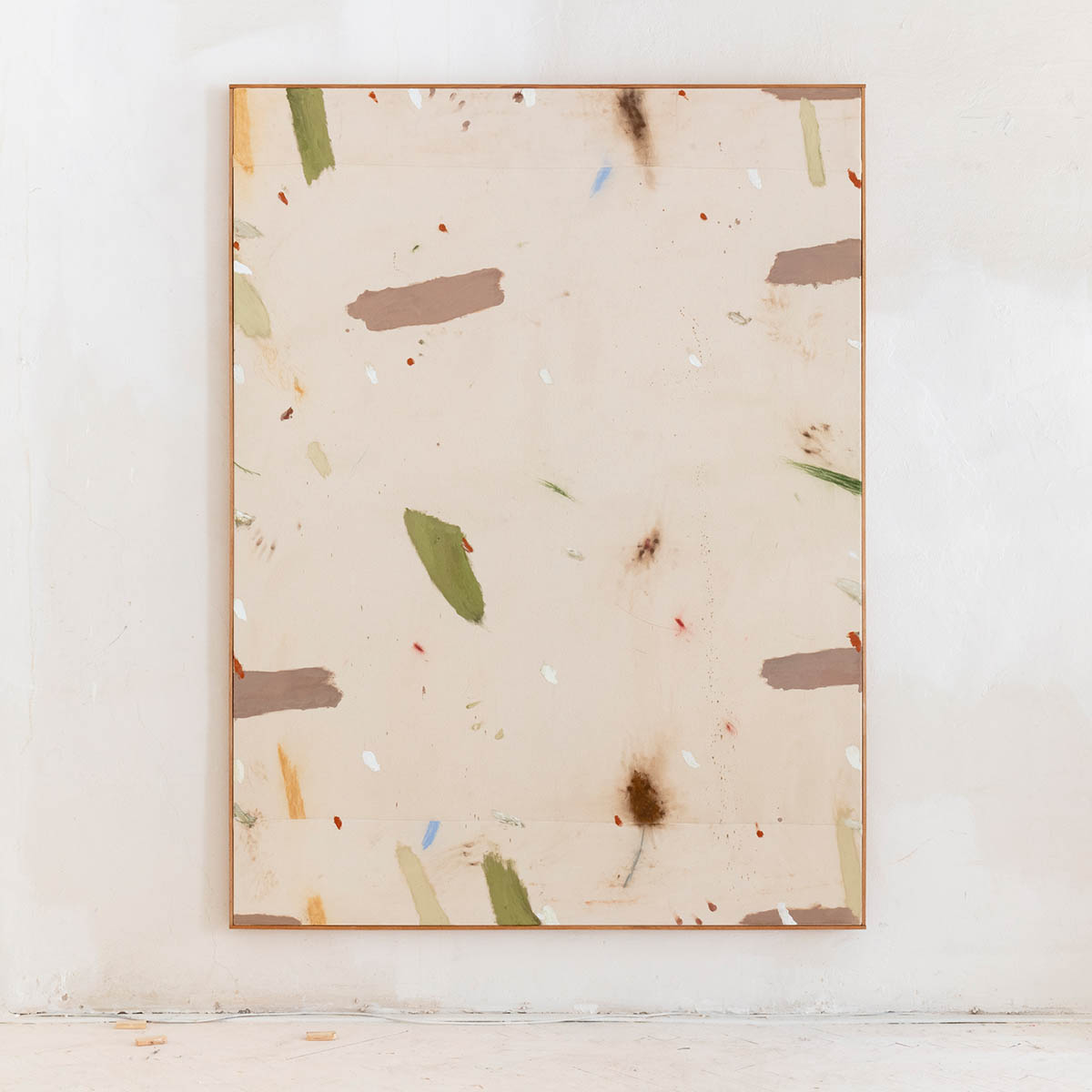
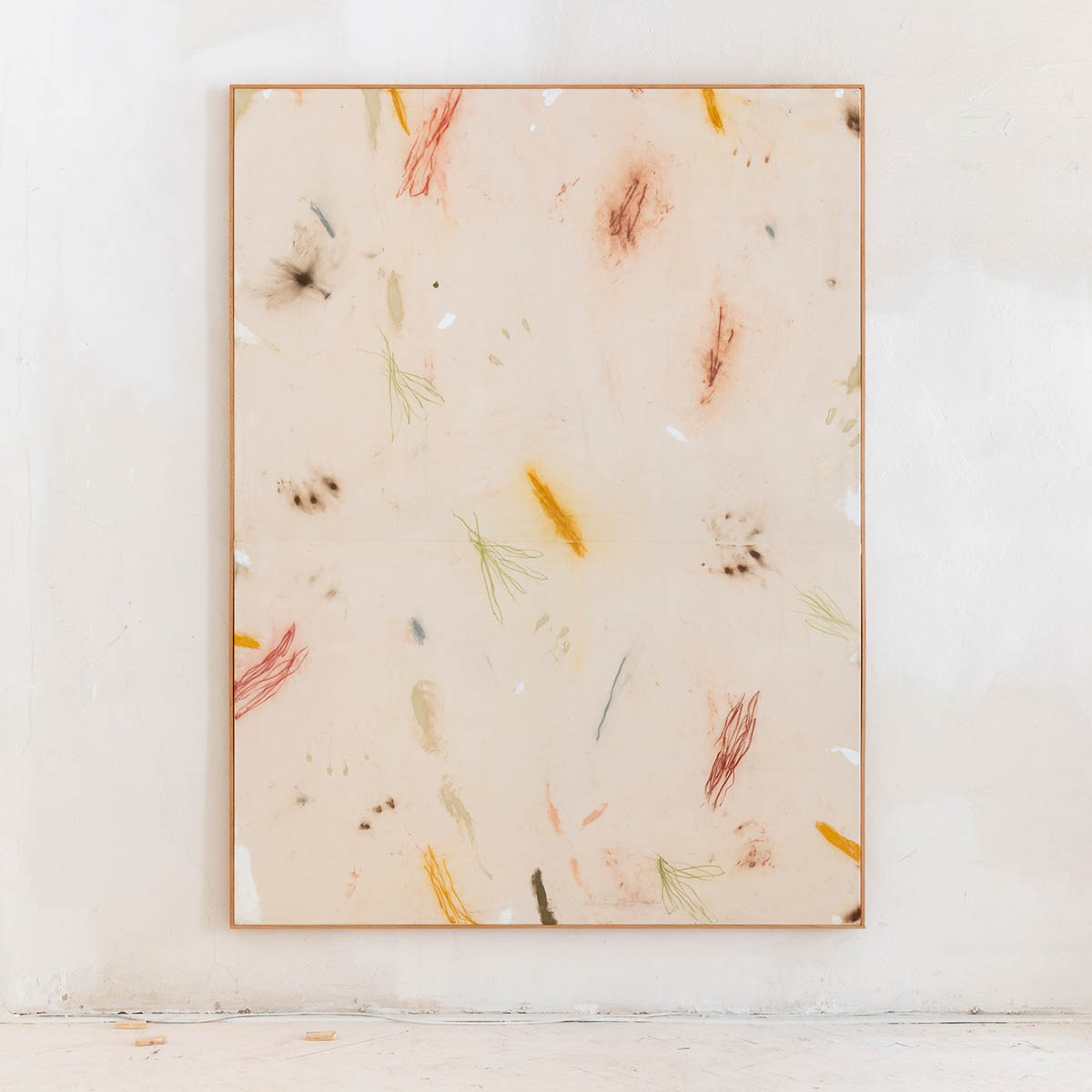
Your connection with Kvalitář Gallery dates back to your final year at university. How has it been working with the gallery, and what are the dynamics?
Being associated with a gallery shapes how you are perceived and the circles you move in. It’s a shared reputation, so there’s a lot of trust involved. The Prague art scene isn’t very large—there are amazing places and the Academy is excellent, but it’s not as big as in some other cities. I started working with Kvalitář Gallery during my third year of university, about five years ago, and the trust is still there. Working with them allows me to focus on producing my work without having to deal with the less romantic side of art, like sales and marketing.

Your works will be represented by Kvalitář Gallery at the Vienna Contemporary Art Fair this September. How does that make you feel? What are your hopes for the event?
I will be the only artist from Kvalitář Gallery represented this year, which is an honor. I’m currently looking at some of the five paintings that will be on view from September 12th in Vienna, and I’m happy with my work. Usually, my paintings are displayed on white walls in airy spaces, so I’m excited to see them on colored walls in the context of an art fair. They are large format, and the setup will determine their order. I’m looking forward to it!
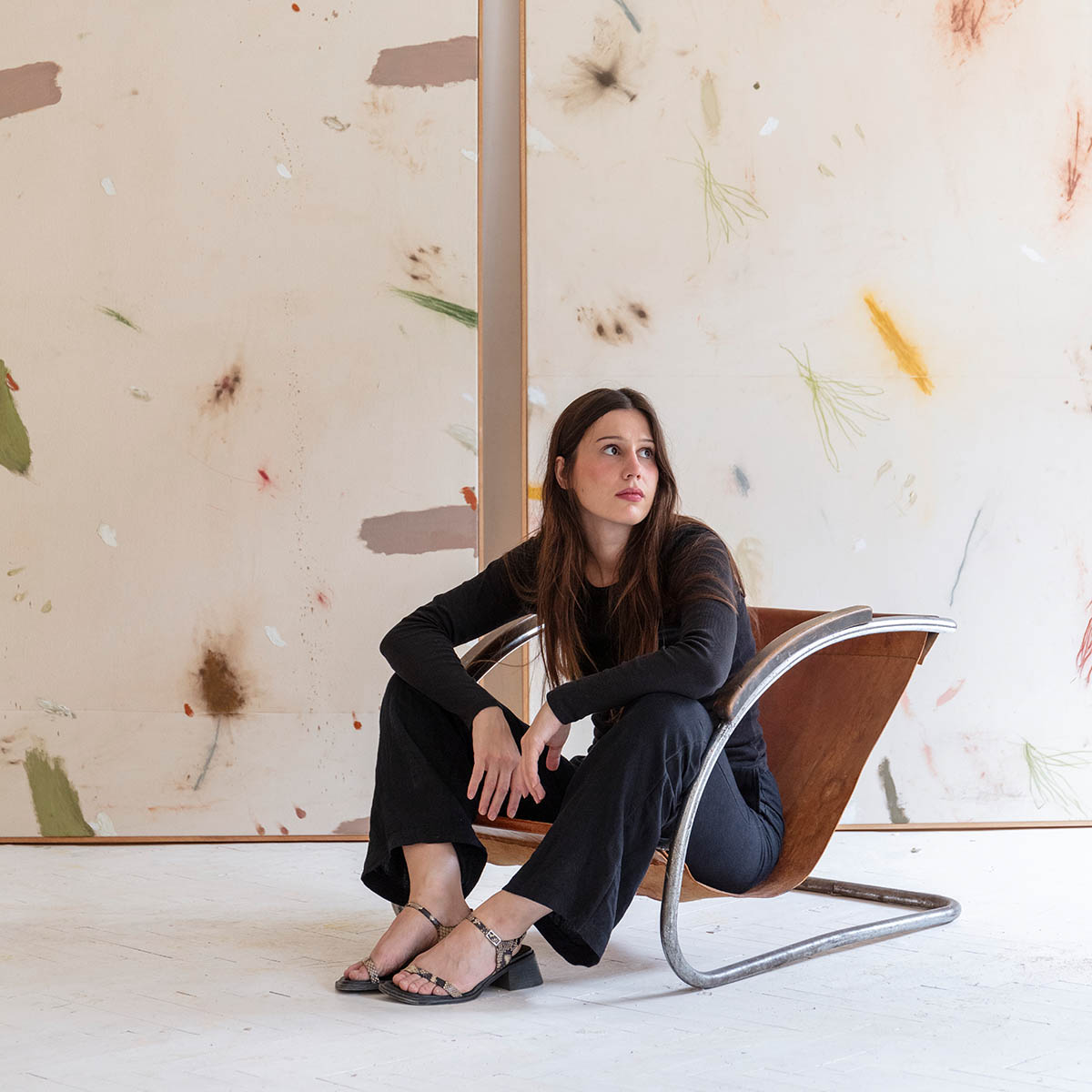
Are there any artists you would like to highlight as important to you and your work?
There aren’t many artists who have been major influences, but I’m inspired by numerous historical figures and contemporary artists. I love the feeling of attending an exhibition that energizes me to rush back to my studio to work on my own projects. I appreciate works that feel honest and resonate powerfully with me. A specific artist who comes to mind is Cy Twombly, whose technique I can relate to in my own work. I love beautiful things and decoration, but I also strive to create works that „touch“ the viewer. It’s important to distinguish between beauty and superficiality—harmony and rhythm are crucial to me as well.
Upcoming: Antonie Stanová presented by Kvalitář Gallery at the viennacontemporary Art Fair from 12th–15th September 2024.
Antonie Stanová – www.instagram.com/antoniestanova
Address and contact:
Kvalitář Gallery
Senovazne nam. 17, 110 00 Prague 1
www.kvalitar.cz
www.instagram.com/kvalitar
Antonie Stanová (1995*) graduated from the Academy of Arts, Architecture, and Design in Prague in 2021. Her paintings look like a convoluted maze composed of abstract signs. Individual fragments, however, carry recognizable information that resembles a personal diary entry. Their connection creates random narratives and loose associations, as were seen in her last solo exhibition, Pine Hum Sigh (Kvalitář Gallery, 2023). An exhibition entitled I Tried to Tell Ya Something Through the Phone (Kvalitář Gallery, 2021) presented paintings and a poem by Stanová alongside a radio play by writer, poet, and translator Bohumila Grögerová, an author associated with the concept of experimental poetry. The MACULATA exhibition (NoD Gallery, 2020) presented the artist’s shift from more figurative works towards a cleaner, more abstract pictorial expression. Stanová worked with a sense of materiality, and the painting evoked almost a haptic experience—a kind of feeling of touch.
About Kvalitář Gallery: With its more than twelve-year history, Kvalitář Gallery is a key place on the map of Prague’s contemporary art. The project space is dedicated to research, development, education, and promotion of culture through exhibitions, public programs, publications, and partnerships. Two large exhibition rooms provide an opportunity to connect artistic practice with current public issues and global challenges that transcend cultural and geographical specificities.



